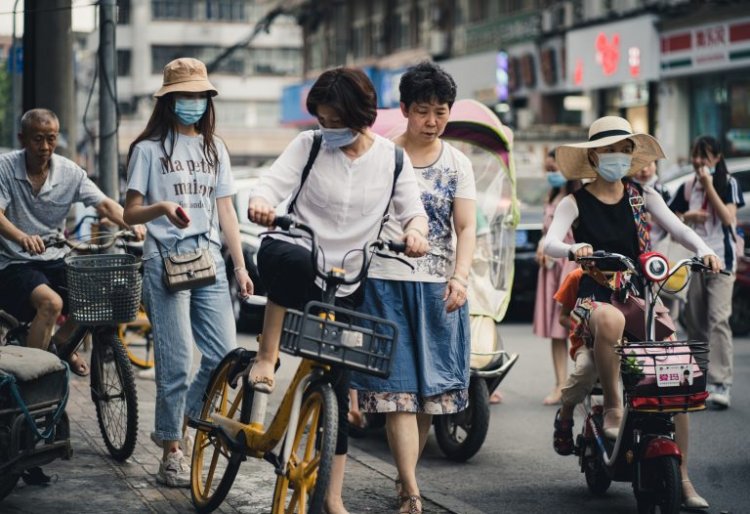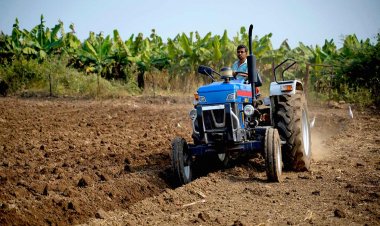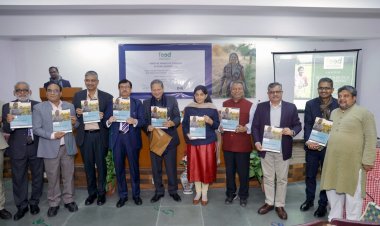Economic recovery under threat amid surging COVID cases and lagging vaccination in poorer countries
Amid rapid vaccinations and continued fiscal and monetary support measures, China and the United States – the two largest economies – are on the path to recovery. In contrast, the growth outlook in several countries in South Asia, sub-Saharan Africa, and Latin America and the Caribbean, remains fragile and uncertain.

New York
While the global growth outlook has improved, led by a robust rebound in China and the United States (US), surging COVID-19 infections and inadequate vaccination progress in many countries threaten a broad-based recovery of the world economy, says the latest United Nations forecast released on May 11.
According to the World Economic Situation and Prospects (WESP) mid-2021 report, following a sharp contraction of 3.6 per cent in 2020, the global economy is now projected to expand by 5.4 per cent in 2021, reflecting an upward revision from the United Nations (UN) forecasts released in January. Amid rapid vaccinations and continued fiscal and monetary support measures, China and the United States – the two largest economies – are on the path to recovery.
In contrast, the growth outlook in several countries in South Asia, sub-Saharan Africa, and Latin America and the Caribbean, remains fragile and uncertain. For many countries, economic output is only projected to return to pre-pandemic levels in 2022 or 2023.
“Vaccine inequity between countries and regions is posing a significant risk to an already uneven and fragile global recovery,” said UN Chief Economist Elliott Harris. “Timely and universal access to COVID-19 vaccinations will mean the difference between ending the pandemic promptly and placing the world economy on the trajectory of a resilient recovery, or losing many more years of growth, development and opportunities.”
Strong but uneven recovery in global trade
Global merchandise trade has already surpassed pre-pandemic levels, buoyed by strong demand for electrical and electronic equipment, personal protective equipment, and other manufactured goods.
Manufacturing-dependent economies have fared better, both during the crisis and the recovery period, but a quick rebound looks unlikely for tourism- and commodity-dependent economies, the report underscored.
Trade in services, in particular tourism, will remain depressed amid the slow lifting of restrictions on international travel and fear of new waves of infection in many developing countries.
Women worst hit by the pandemic
Women have been at the forefront of the fight against the pandemic. They have also been hit the hardest in a number of ways, including bearing the brunt of unpaid domestic and care work. They remain underrepresented in pandemic-related decision-making and in economic policy responses to the crisis.
While the pandemic has reduced labour force participation by 2 per cent worldwide, compared to only 0.2 per cent during the global financial crisis of 2007-2008, more women than men were forced to leave the workforce altogether, further widening gender gaps in employment and wages, the report highlighted. Women-owned businesses have also fared disproportionately worse.
“The pandemic has pushed nearly 58 million women and girls into extreme poverty, dealing a huge blow to poverty reduction efforts worldwide, and exacerbated gender gaps in income, wealth and education, impeding progress on gender equality,” said Hamid Rashid, the Chief of the Global Economic Monitoring Branch at the UN Department of Economic and Social Affairs, and the lead author of the report.
“Fiscal and monetary measures to steer recovery must take into account the differentiated impact of the crisis on different population groups, including women, to ensure an economic recovery that is inclusive and resilient,” he added.



 Join the RuralVoice whatsapp group
Join the RuralVoice whatsapp group








































